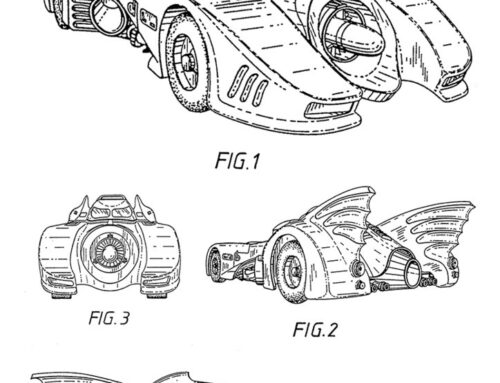What are business method Patents?
These are patents that cover ways of doing business. For example, industries where business methods are likely include telecommunications, software, apps, financial services, medical diagnostics, and others.
35 U.S.C. 101 Inventions patentable.
Whoever invents or discovers any new and useful process, machine, manufacture, or composition of matter, or any new and useful improvement thereof, may obtain a patent therefor, subject to the conditions and requirements of this title.
M.P.E.P
I. THE FOUR CATEGORIES OF STATUTORY SUBJECT MATTER
Step 1: Is the claim directed to one of the four patent-eligible subject matter categories: process, machine, manufacture, or composition of matter? The subject matter of the claim must be directed to one of the four subject matter categories. If it is not, the claim is not eligible for patent protection and should be rejected under 35 U.S.C. 101, for at least this reason. A summary of the four categories of invention, as they have been defined by the courts, are:
- i. Process – an act, or a series of acts or steps. See Gottschalk v. Benson, 409 U.S. 63, 70, 175 USPQ 673, 676 (1972) (“A process is a mode of treatment of certain materials to produce a given result. It is an act, or a series of acts, performed upon the subject-matter to be transformed and reduced to a different state or thing.” (emphasis added) (quoting Cochrane v. Deener, 94 U.S. 780, 788, 24 L. Ed. 139, 1877 Dec. Comm’r Pat. 242 (1876))); NTP, Inc. v. Research in Motion, Ltd., 418 F.3d 1282, 1316, 75 USPQ2d 1763, 1791 (Fed. Cir. 2005) (“[A] process is a series of acts.” (quoting Minton v. Natl. Ass’n. of Securities Dealers, 336 F.3d 1373, 336 F.3d 1373, 1378, 67 USPQ2d 1614, 1681 (Fed. Cir. 2003))). See also 35 U.S.C. 100(b); Bilski v. Kappos, 561 U.S. ___, 130 S. Ct. 3218, 95 USPQ2d 1001 (2010). Not only test 1) involved, executed by, tied to a particular machine or apparatus, and 2) transforms a particular article into a different state or thing (change/manipulate, modify data).
- ii. Machine – a concrete thing, consisting of parts, or of certain devices and combination of devices. Burr v. Duryee, 68 U.S. (1 Wall.) 531, 570, 17 L. Ed. 650 (1863). This includes every mechanical device or combination of mechanical powers and devices to perform some function and produce a certain effect or result. Corning v. Burden, 56 U.S. 252, 267, 14 L. Ed. 683 (1854). Computer with special attribute.
- iii. Manufacture – an article produced from raw or prepared materials by giving to these materials new forms, qualities, properties, or combinations, whether by handlabor or by machinery. Diamond v. Chakrabarty, 447 U.S. 303, 308, 206 USPQ 193, 197 (1980) (emphasis added) (quoting Am. Fruit Growers, Inc. v. Brogdex Co., 283 U.S. 1, 11, 51 S. Ct. 328, 75 L. Ed. 801, 1931 (Dec. Comm’r Pat. 711 (1931))).
- iv. Composition of matter – all compositions of two or more substances and all composite articles, whether they be the results of chemical union, or of mechanical mixture, or whether they be gases, fluids, powders or solids, for example. Chakrabarty, 447 U.S. at 308, 206 USPQ at 197.
Non-limiting examples of claims that are not directed to one of the statutory categories:
- i. transitory forms of signal transmission (for example, a propagating electrical or electromagnetic signal per se), In re Nuijten, 500 F.3d 1346, 1357, 84 USPQ2d 1495, 1503 (Fed. Cir. 2007);
- ii. a naturally occurring organism, Chakrabarty, 447 U.S. at 308, 206 USPQ at 197;
- iii. a human per se, The Leahy-Smith America Invents Act (AIA), Public Law 112-29, sec. 33, 125 Stat. 284 (September 16, 2011);
- iv. a legal contractual agreement between two parties, see In re Ferguson, 558 F.3d 1359, 1364, 90 USPQ2d 1035, 1039-40 (Fed. Cir. 2009) (cert. denied);
- v. a game defined as a set of rules;
- vi. a computer program per se,Gottschalk v. Benson, 409 U.S. at 72, 175 USPQ at 676-77;
- vii. a company, Ferguson, 558 F.3d at 1366, USPQ at 1040; and
- viii. a mere arrangement of printed matter, In re Miller, 418 F.2d 1392, 1396, 164 USPQ 46, 49 (CCPA 1969).

